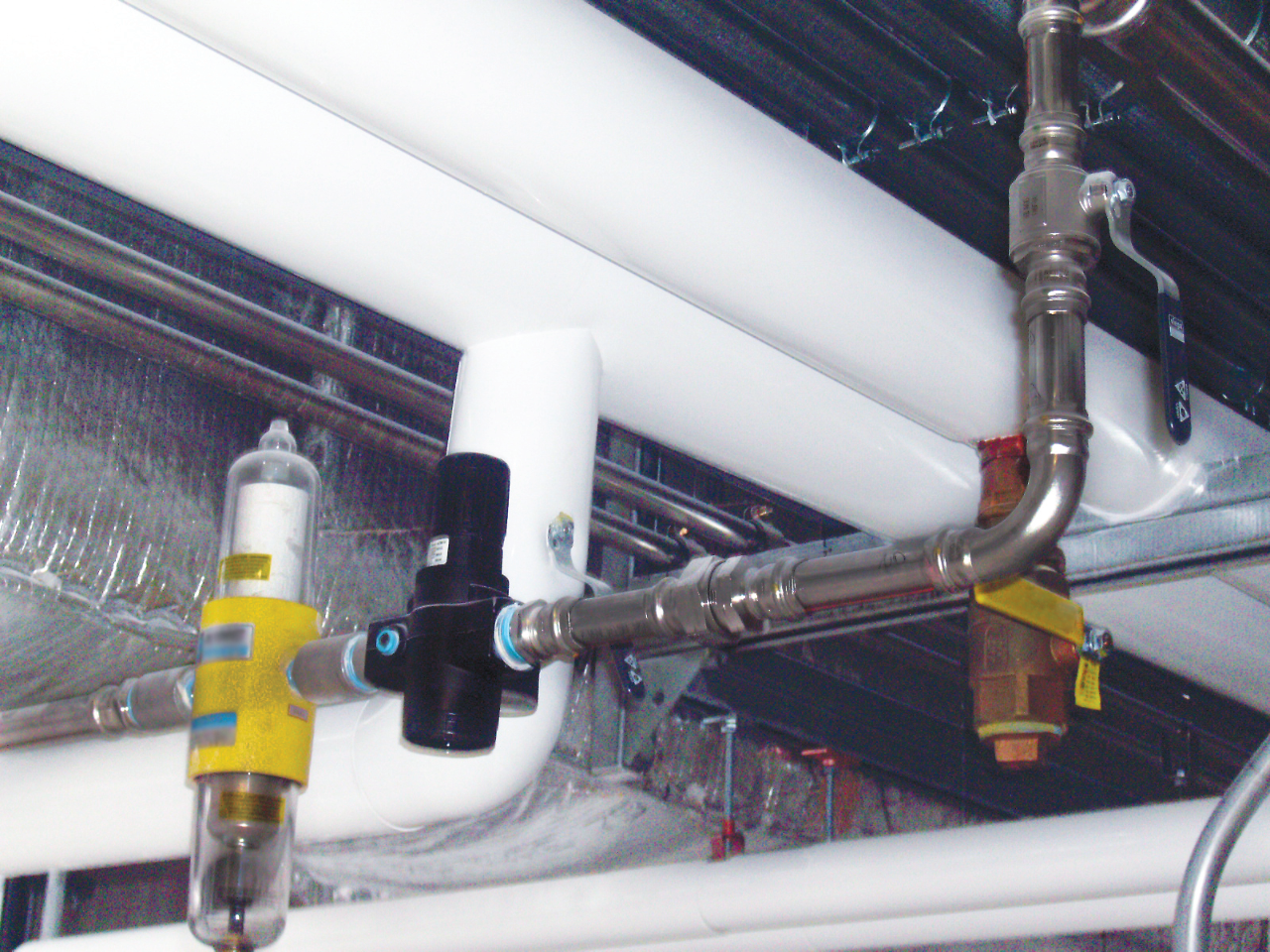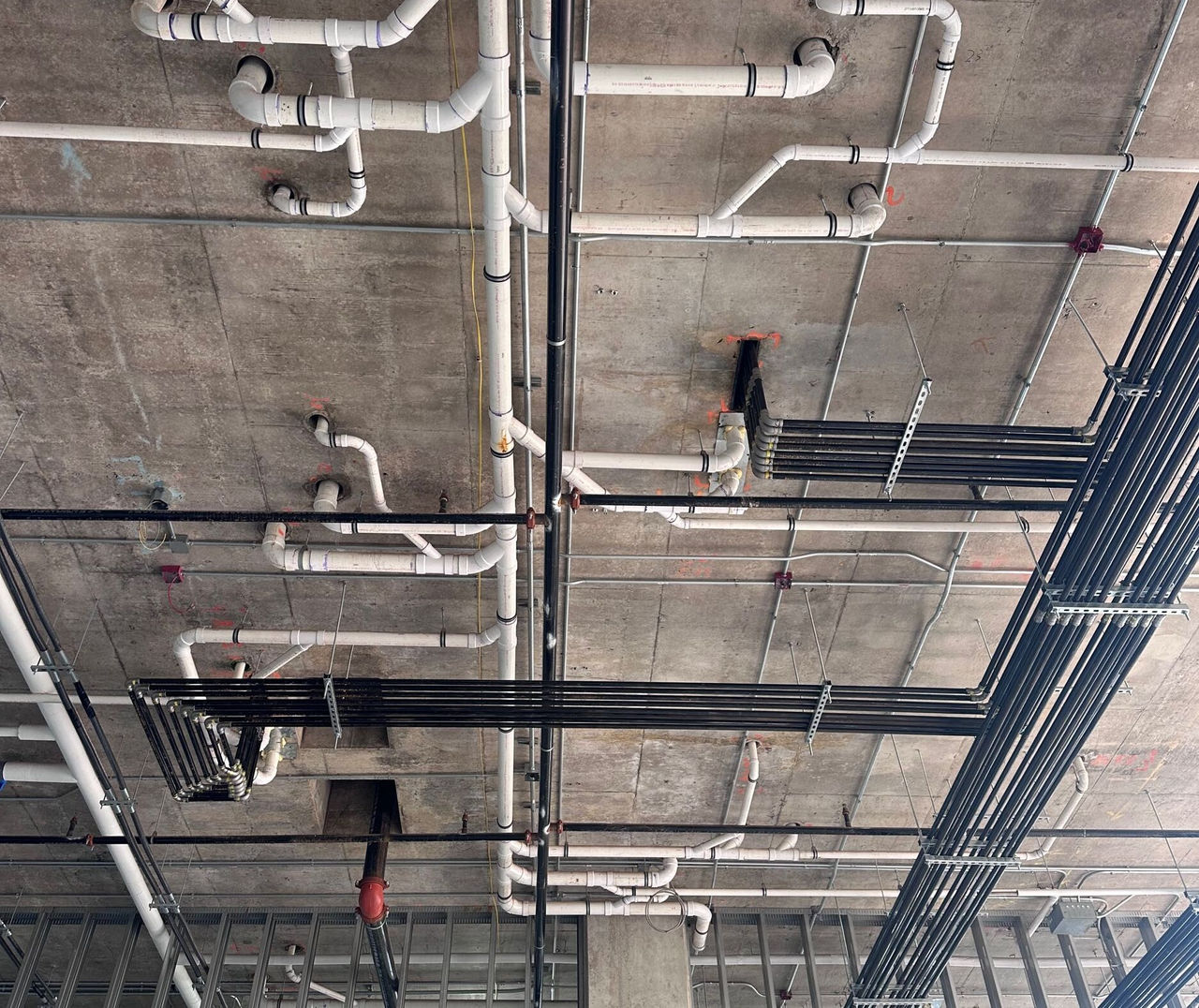Copper tubing is used across many piping systems, from hot and cold potable water to fire protection systems. Soldering is typically used to connect copper tubing, but this approach can cause concern for efficiency and safety. Not only is it a slower process, the use of an open flame and consumables requires permitting, a fire watch and grinds other work in the area to a halt.- The good news is that soldering is not the only method for connecting copper tube.
Here are a few options that allow you to skip the hot work:
1. Compression Fittings
With compression connections, fittings have an outer nut and an inner ring called a ferrule, typically made of brass or bronze. When the outer nut is tightened with a wrench, the force from tightening compresses the ferrule against the tube and creates a watertight seal.
While compression connections save the hassle of hot work permits and fire watches, this method also involves some degree of guesswork in terms of manual tightening. An overly tightened nut can crack, leading to failure, and a nut that is not tight enough is subject to potential leaks. Even when proper compression connections are made, they are slightly weaker than their soldered counterparts and not as flexible.
2. Push Fit
Push fit pipe fittings contain a series of metal barbs and a neoprene rubber O-ring. Each fitting is pushed onto a pipe until it bottoms out, with the tight grip of the rubber O-ring creating a watertight connection.
Like compression connections, push fit connectors eliminate the use of torches and flames that can introduce safety risks and roadblocks to projects. However, some issues may arise in the security of these connections. Heating Ventilating & Plumbing (HVP) magazine reported increased insurance claims for water damage caused by push fit pipes separating under pressure.
Like their compression fit counterparts, push fit connections are also subject to leak paths when a pipe is perfectly straight into a fitting. For this reason, neither meets a bend requirement for some applications like fire sprinklers.
3. Press-Connect Fittings
When using press-connect fittings, a press tool is used to connect the fitting onto the tube and make a permanent, leak-proof connection. Press-connect fittings offer many benefits, like no heat or flame and no equipment shutdowns. Best of all, connections are made in seconds — a much faster turnaround time compared to soldering.
Press technology like Viega’s combines speed and reliability. While other connection techniques leave room for guesswork, press-connect fittings create a consistent and reliable joint every time, curbing the potential for expensive leaks and other issues down the road.
Viega press fittings leverage state-of-the-art Smart Connect technology to identify unpressed connections in pipe systems. Directly built into Viega ProPress fittings, this technology allows for testing of live systems to detect unpressed connections.
Ready to ditch hot work and start using press technology to connect copper tubing? Reach out to a Viega Team Member to find the right press solutions for your team.



